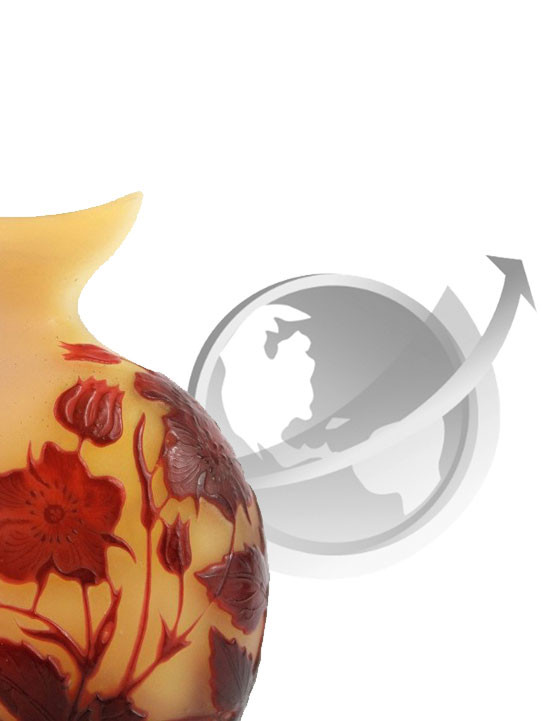Exploring Artistic Legacies: Alfred de Dreux and Herring Senior
As someone with a long-standing interest in equestrian and sporting art, I have been a collector for many years, fascinated by how artists capture the grace, power, and character of both horses and the sporting life. Over time, I have come to appreciate the works of several notable artists, two of whom stand out in their portrayal of equine subjects: Alfred de Dreux (1810 - 1860) and John Frederick Herring Sr (1795 - 1865). Their unique approaches to painting horses, dogs, and sporting scenes have greatly contributed to my understanding and admiration of the genre. In this piece, I explore the similarities and differences between these two remarkable artists, examining their styles and their lasting influence on equestrian and animal portraiture.
In the realm of 19th-century art, Alfred de Dreux and Herring Senior stand as distinguished figures, each contributing uniquely to the artistic tapestry of their time. While their works often evoke different themes and techniques, their impact on the art world remains significant, showcasing distinct styles that captivated audiences then and continue to inspire today.
Alfred de Dreux: Capturing Equestrian Elegance
Alfred de Dreux, renowned for his masterful portrayal of horses and equestrian scenes, epitomized the Romantic fascination with the noble steed. Born in 1810, de Dreux's artistry delved deeply into the world of aristocratic leisure, where horses symbolized grace, power, and elegance. His paintings often featured aristocrats and their mounts, blending precision in equine anatomy with a romanticized portrayal of aristocratic life.
De Dreux's technique emphasized meticulous detail, capturing the fluidity of movement and the spirited demeanor of horses in various settings. His compositions often conveyed a sense of dynamism and harmony between rider and steed, reflecting his profound understanding of equine behavior and anatomy.

Image - Aguttes Maison de Ventes
John Frederick Herring Senior: Pioneering Animal Portraiture
In contrast, Herring Senior, a contemporary of de Dreux, focused primarily on animal portraiture, particularly dogs and horses. His artistic career spanned a wide array of subjects, from pastoral landscapes to meticulously rendered sporting scenes. Born in 1795, Herring's artistry was marked by a keen eye for detail and a nuanced approach to capturing the character and spirit of animals.
Herring's style was characterized by a vibrant use of color and a meticulous attention to anatomical accuracy. His compositions often featured animals in action, whether in the midst of a hunt or in tranquil pastoral scenes. His ability to evoke emotion through his subjects, particularly in the soulful gaze of his animal portraits, set him apart as a master of the genre.

Image - Wikimedia
Comparing Styles and Themes
While Alfred de Dreux and Herring Senior both excelled in portraying animals, their approaches and themes diverged in significant ways. De Dreux's focus on equestrian elegance and aristocratic leisure contrasted with Herring's broader exploration of pastoral life and sporting activities. Where de Dreux emphasized the relationship between man and horse in refined settings, Herring's work often celebrated the raw vitality of animals in their natural habitats.
Stylistically, de Dreux's compositions leaned towards a Romantic idealism, characterized by soft brushwork and a penchant for capturing fleeting moments of beauty. In contrast, Herring's realism and attention to detail reflected a more pragmatic approach, grounded in meticulous observation and technical skill.
Legacy and Influence
Both artists left an indelible mark on the art world of their time, influencing subsequent generations of animal painters and equestrian artists. De Dreux's romanticized portrayal of horses and aristocratic life resonated with the Romantic movement's ideals of beauty and nature, while Herring's precise realism set a standard for animal portraiture that endures to this day.
In conclusion, Alfred de Dreux and Herring Senior, though distinct in their styles and thematic approaches, enriched 19th-century art with their profound interpretations of animals and equestrian subjects. Their legacy serves as a testament to the enduring appeal of animal artistry and the timeless allure of the natural world.



